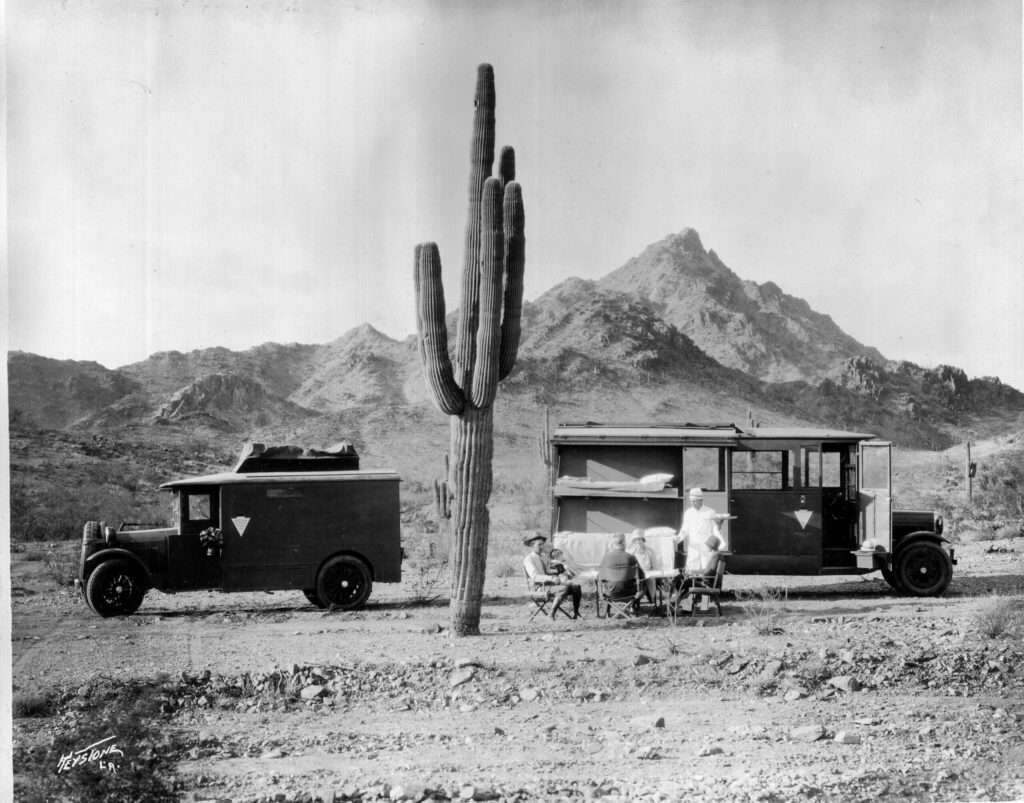By Brian L. Zemp
It would be difficult to understand the format and function of the ABEVA CC&Rs without a passing familiarity with the history of the Arizona Biltmore Estates as we know it today. In June of 1973, Talley Industries, Inc., a Fortune-500 manufacturing company headquartered in Mesa purchased Arizona Biltmore Estates, Inc. (ABE) from the Wrigley-Offield Trust. At the time of purchase, ABE owned the Arizona Biltmore Hotel, La Colina Solana (the "Wrigley Mansion") and Adobe Golf Course and approximately 900 acres of unimproved real estate. The attached aerial photo shows the boundaries of the property.
Talley's stated purpose when it purchased ABE was to remodel Arizona Biltmore Hotel, renovate the Adobe Golf Course and rezone and improve the undeveloped acreage for sale to residential and commercial developers. The goal was to sell off the developable property quickly and use the proceeds to remodel the hotel and renovate the Adobe Golf Course, both of which would continue to be operated as ongoing Talley Businesses. The priorities were altered, and remodeling became an immediate imperative when the hotel caught fire ten days after Talley's purchase.
After the reconstruction and remodeling of the hotel were completed, ABE contracted with The Frank Lloyd Wright Foundation and PRC Toups Engineering to prepare engineering, zoning, and development plan for the property. The engineering and land plan was filed with the City of Phoenix in April of 1974 as part of ABE's request to rezone portions of the property. For planning, marketing, and development purposes, the property was subdivided into forty-three parcels. (See the attached parcel map. Note that Parcels 20, the "Loop Road", Parcel 9, the North Links, and Parcel 19, the South Links, are not enumerated.)
The City of Phoenix granted ABE's request for rezoning on December 24, 1993, after months of negotiations and dozens of meetings and hearings. The property upon which the Arizona Biltmore Hotel, the Adobe Golf Course (including the driving range), and the Wrigley Mansion – Parcels 15, 18, 17, and 16, respectively – are located was not a part of the rezoning. By the time the rezoning was granted, Phoenix was well into a down cycle in the real estate market.
ABE sold the first development parcel (Parcel 34) to Davis Development in February of 1976. Davis developed the Cloisters, an apartment complex. In connection with the sale of Parcel 34, the ABEVA CC&R's were written and recorded. The CC&R's reflect the intent of ABE to own the "Hotel Property" (Parcels 15, 16, and 18) and, as the owner thereof, to control ABEVA and the enforcement of the CC&R's as the "Benefitted Property Owner." It was never ABE's intent to construct common recreational facilities or amenities, other than roads and entrance ways, that would benefit the general population of Arizona Biltmore Estates or be the responsibility of ABEVA. It was assumed, and has been the case, that security gates, tennis courts, swimming pools, and the like would be built by the developers of individual communities, and the responsibility for maintaining them would lie with that Community Association.
Because of their importance to the overall development, ABE kept tight control over architectural and landscaping approval, use restrictions, and enforcement. The restrictions are contained in the CC&R's and the Rules and Regulations of the ABEVA Architectural Committee. ABEVA may delegate its approval rights with respect to an individual community to the appropriate Community Association, but only insofar as the Community Association's guidelines are consistent with ABEVA's.
In 1978 ABE sold the Hotel to Rostland Arizona, Inc., but retained the rights of the Benefitted Property Owner until 1980 when it assigned them to Rostland. In 1983, Rostland assigned its voting rights to ABEVA with the understanding that ABEVA would not denigrate the hotel's access, and that it would maintain the common areas to the existing standard.



